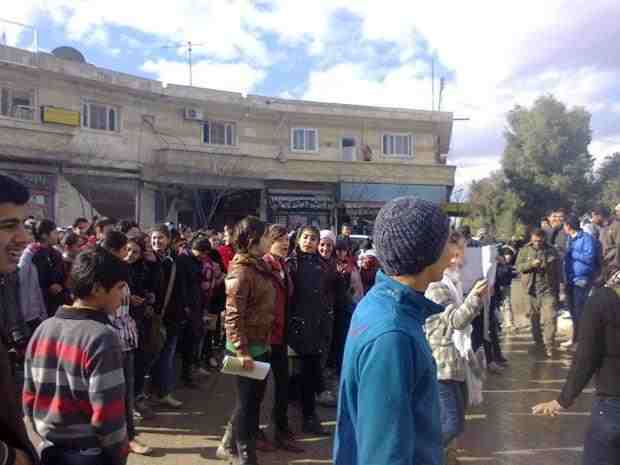As new school year starts, out of nearly 400000 nearly one third of children in the Syrian north are at risk of losing education, and 8000 teachers receive unstable salaries in a major disaster that threatens the future of coming generations
The size of the Syrian tragedy does not stop in the displacement, killing, and destruction, but goes on to another war that faces the Syrian society in the shadow of the war and its aftermath, which is represented by the destruction of generations as a result of the deterioration of the level of education in all areas of the Syrian territory, especially within areas of control of the factions and Hayyaat Tahrir al-Sham, which have the schools with the lowest levels, as they are destroyed and educational supplies are missing, and what makes it worse is how the responsible actors there, the organizations, and supporters are handling the education and the size of the disaster that fall upon this sector, and the same scene returns to the forefront at the beginning of each new school year, and these difficulties are represented by the lack of basics of the educational process, like the loss of textbooks, destroyed furniture, and teachers without a fixed income, also the schools of the north suffer from the chaos caused by the lack of services and possibilities, and the number of students for this year is estimated to be more than 400 thousand students.
The aforementioned difficulties are met with weakness in possibilities for restoring and repairing school furniture, the damaged walls and windows, and the broken doors, tens of which were destroyed by the shelling, as well as using the schools as temporary or long-term shelters, and being robbed within the villages and towns that are on the contact lines with regime forces’-controlled areas, and the lack of security and the fear of sudden shelling, while 353 schools were damaged and evacuated by the bombing out of 1193 schools, also the military control led to losing tens of schools in cities and towns of the southern and southeastern countryside of Idlib and the northern countryside of Hama, which could threaten about one third of the number of students and deprive them of their right to education for the above-mentioned reasons, in addition to the difficulties of displacement and education within the areas that receive displaced people in the north, also the schools are witnessing the phenomenon of teachers leaving teaching for other work, trade, or jobs at the organizations which pay higher salaries, so they are replaced by new teachers with less competence and experience, where this has been the first problem that faces schools after reducing the salaries in addition to the instability of the salary, due to the decline in funding from organizations that care about the education and provide the needs of schools.
Today, the education sector is facing the biggest disaster in its history, with the supporting parties announcing the reduction in support for educational institutions in various levels of education northwest of Syria, and according to estimates of last year: the supporters payed salaries to 4300 teachers who follow the Directorate of Education with unstable salaries which is in a permanent state of deficit, and 3700 teachers paid by educational organizations with acceptable salaries and have a relative stability for at least a full academic year, while the teachers who are linked to regime’s government are estimated to be about 10000 teachers and make up the largest proportion mostly female and males above the military reserve age, and the educational process is being carried out in about 1193 schools, tens of which have been destroyed and got out of service.

